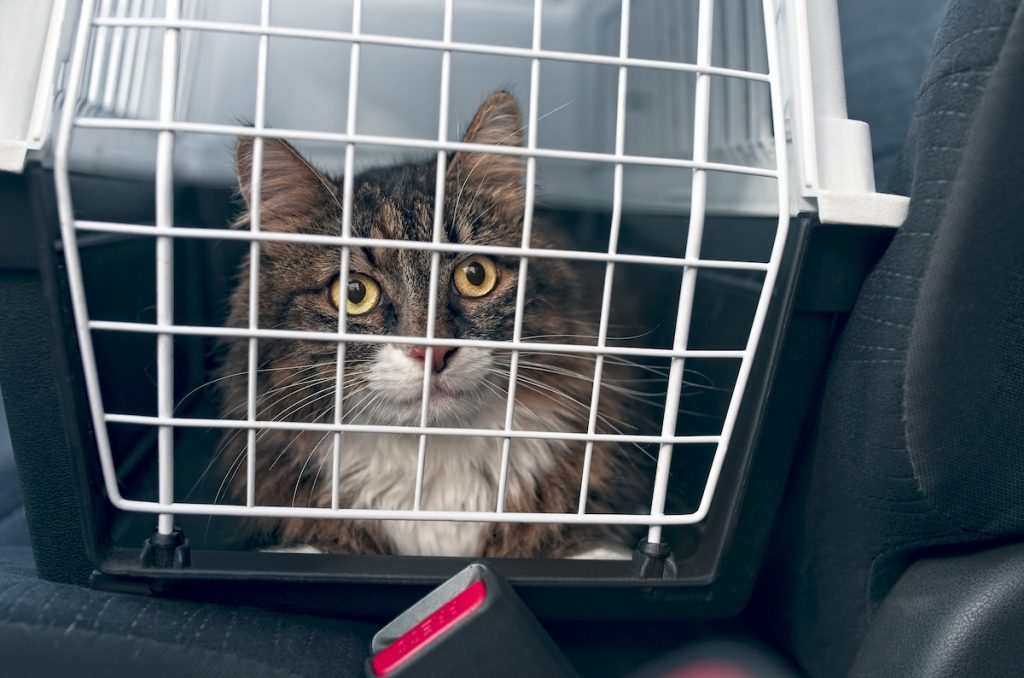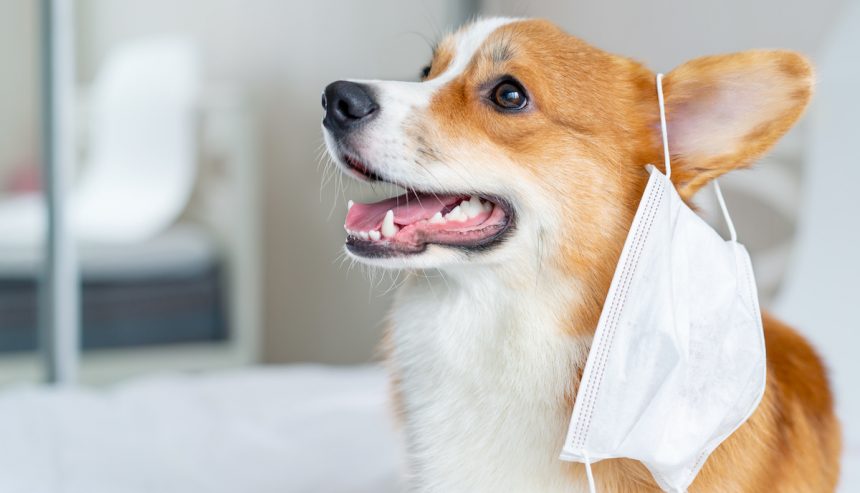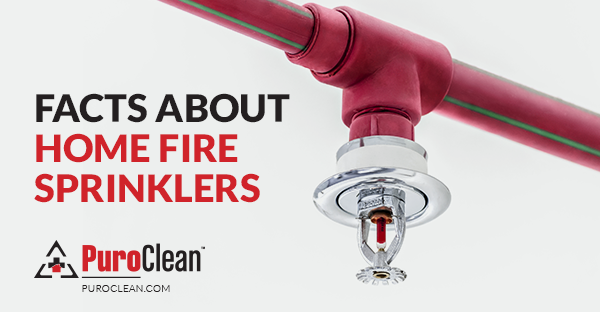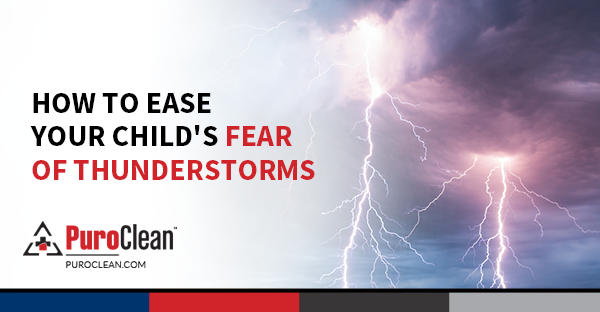Did you know that June is National Pet Preparedness Month? It’s the responsibility of animal owners to keep their pets safe when a natural disaster or an unlikely event strikes. Since pets cannot survive on their own during an emergency, your disaster preparedness plan should include them as well.
Creating an emergency plan for your pets can keep them safe throughout a crisis. These animal disaster preparedness tips will help you protect your beloved pets during an emergency:
Make an animal disaster preparedness kit
Just as you’ll need a disaster kit for yourself and your family, you’ll need one for your pet, too. Your pet’s emergency kit should include the following items:
- Enough food and water for at least three days
- A bowl
- A leash
- Favorite toys
- Any medications your pet takes
- A pet first-aid kit
- A sturdy carrier
- An emergency contact list, including your veterinarian
- Cat litter box (if needed)
- Paper towels
- Documents (photos of pets, medical records, etc.)
Choose a safe place for your pet
In the event of an evacuation, it’s important to have an emergency shelter. Develop a buddy system. Choose a friend or family member who lives outside of the disaster area and make arrangements with them in advance.
If you can’t find someone to house your pet, there are animal shelters that will take in pets during a crisis. Remember, however, that animal emergency shelters are often overwhelmed during a disaster and may not be able to take in all the pets that need help.
Alternatively, search for pet-friendly hotels or ask your local emergency management office if they accept pets during an emergency. You may also consider local veterinary clinics or boarding facilities that can shelter animals.

Make sure your pet is microchipped
If your pet gets lost during a disaster, they’re much more likely to be returned to you if they’re microchipped. Microchipping is a safe and painless procedure in which a tiny chip is implanted under your pet’s skin.
The chip contains a unique identification number that can be read by a scanner. If your pet is found, the scanner will read the chip, and you will be contacted.
Make sure your pet also wears a collar with contact information. In case you get separated, anyone who reads the pet’s tag will be able to contact you.
Train your pet in basic obedience
If you have to evacuate your home in a hurry, you may not be able to bring your pet with you. That’s why it’s important to train your pet in basic obedience commands. If your pet is well-behaved, you may be able to leave it with a friend or family member until the disaster is over.
Keep your pets vaccinated
Oftentimes, local animal shelters are overwhelmed with pets during a disaster. The best way to avoid having your pet end up in a shelter is to keep them up to date on their vaccinations. This will also help protect them from diseases that may be present in animal shelters.
How to protect your pets during a disaster
Depending on the size of your pet, you might have to take extra precautionary measures to protect yourself from potential dangers. Ensure your evacuation plans include enough vehicle resources to transport pets safely.
If you have exotic animals, ensure you have the necessary equipment for their care and comfort. Decide whether you’re going to take the exotic animals to a safe area or leave them in the house.
Bring pets indoors, but separate dogs and cats. Even if they normally get along, their instincts will cause them to behave defensively and irrationally during an emergency.
Also, seal any small areas, such as vents and fireplaces, where frightened cats can hide. In addition, move any dangerous items in the room, such as toxic plants and sharp objects, to a different area.

How to keep your pets safe after a disaster
If your pets have suffered injuries, provide them with veterinary care immediately. Get your pets into a normal routine to reduce their fear and confusion that may have been caused by the disaster. Be patient with them.
Furthermore, prevent your pets from running loose outside. If the area has been damaged or changed, your pets might get disoriented and run away. Put sturdy leashes on dogs if you allow them outside. Downed power lines, debris, and spilled chemicals might harm your pets.
What to do if you lose your pet during a disaster
If you lose your pet during a disaster, the first place we recommend you look is your local animal shelter. Many emergency shelters will have sections for lost animals where you can check for your missing pet.
You should also put up flyers in your neighborhood and post about your lost pet on social media platforms like Facebook and Twitter. Include a photo of your pet and any identifying information, such as a microchip number.
Finally, you should contact your local police department and file a report. By taking these steps, you increase the chances of being reunited with your pet.
Keep your pets safe when disaster strikes
It’s important to remember that pets are not just animals; they’re members of our family. By following these animal disaster preparedness tips, pet owners can do their best to ensure their safety and well-being.
Follow these tips, and you’ll be able to rest easy knowing that your furry loved ones are taken care of. Check out our pet fire safety tips and how to protect pets during the holidays, as well.




